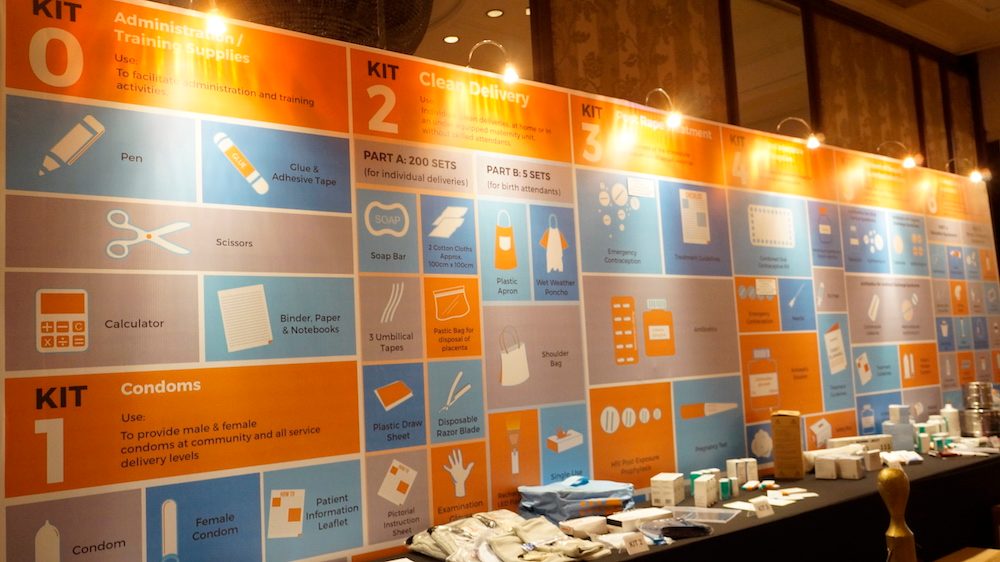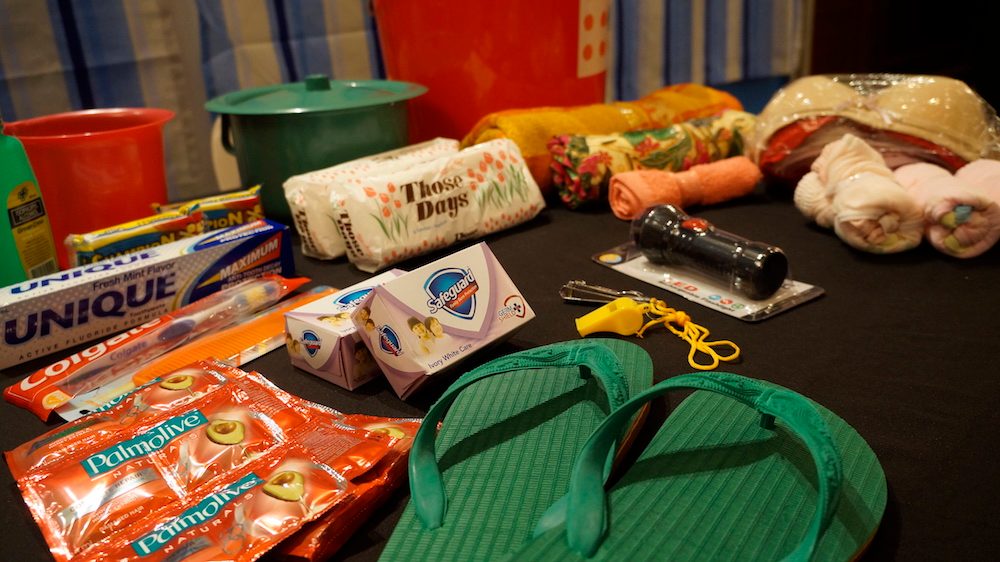SUMMARY
This is AI generated summarization, which may have errors. For context, always refer to the full article.

MANILA, Philippines – During Super Typhoon Yolanda (Haiyan), health care facilities broke down and doctors and nurses were among the affected. But two women kept working.
Joy Abubayor, a midwife, stayed in her clinic despite the call to evacuate. “I could not leave because I had a post-partum client and some other patients in the clinic then,” she told the United Nations Population Fund (UNFPA).
She stayed as the waters rose, which prompted her to move patients to the roof.
In Guian, Eastern Samar, Lilia Daguinod, an obstetrician helped two women deliver in her makeshift clinic. She converted one of her house’s rooms into the clinic and used medical supplies she had gathered before the storm hit.
Abubayor and Daguinod’s experiences are common in emergency situations. Although medical services are one of the priorities in disaster response, sexual and reproductive health are sometimes overlooked said Ron Villas, Humanitarian Coordinator of the UNFPA Philippine office.
Women and young girls of reproductive age are the most affected by the lack of access to sexual and reproductive health services. Consider these facts from the UNFPA State of World Population 2015 (SWOP2015):
- Around 1 in 4 people in need of humanitarian aid are women and girls aged 15-49 years old
- Everyday, 507 women and girls die from the complications of childbirth and pregnancy
- 3 out of 5 maternal deaths occur in crises situations
These numbers mean that a large segment of disaster survivors have special needs unmet during disaster response. (READ: In Numbers: 100 days after Yolanda)
Even worse are the 507 preventable deaths occuring daily because of a one-size-fits-all approach. (READ: Beyond food and shelter: Protecting women and girls in times of crisis)
Lessons from Yolanda
Yolanda Cantos, the DRRM head in Tolosa, Leyte recalled her experience after the super typhoon: “There were plenty of relief goods that arrived but they didn’t include women’s needs.”
The lack of appropriate materials meant 250,000 pregnant women and 1,000 daily expected births occurred in unsafe conditions. On a global scale, disaster situations account for 3 out of 5 women dying during childbirth and 45% of neonatal deaths.
Maternal, reproductive health, and dignity kits then began arriving, bringing relief to the female patients and healthcare workers on the ground, Cantos said.

Cantos added, however, that the Department of Social Welfare and Development (DSWD), non-government organizations (NGO), and response teams have learned from Yolanda. Concerned agencies now have gender-targeted programs to cater to women’s needs.
Progress
After Yolanda, the efforts of women like Daguinod and Abubayor eased the disaster’s blow on the survivors.
Abubayor offered her services for free and told thw UNFPA, “I was not earning anything but kindness was returning to me with people providing my family with food and supplies to sustain our daily needs.”
While people like Abubayor would play a key role in lessening casualties, there is still work to be done on a local and national level to reach zero preventable deaths in disasters and conflicts.
To get to that point, local government units (LGU) and communities must work together. Villas recommended pre-positioning kits and other materials so they are available as soon as they are needed.
Communities must inform and be informed, a point stressed by Villas and Klaus Beck, UNFPA Philippine Country Representative. Communities need to tell the LGUs who are pregnant or had recently given birth, but they also have to be aware of the locations of the evacuation areas and clinics.
“A fundamental shift is needed: away from reacting to disasters and conflicts as they unfold and sometimes linger for decades, towards prevention, preparedness and empowerment of individuals and communities to withstand and recover from them,” Beck said in SWOP2015’s launch.
For Beck and Villas, cooperation is key in ensuring the protection of lives, especially those of the most vulnerable.
“I hope we get to the point where, whenever there’s an emergency no woman would die giving birth, and no woman or girl would experience gender-based violence. It’s an aspirational goal, but one I hope we can reach together,” Beck added. – Rappler.com
Add a comment
How does this make you feel?
There are no comments yet. Add your comment to start the conversation.